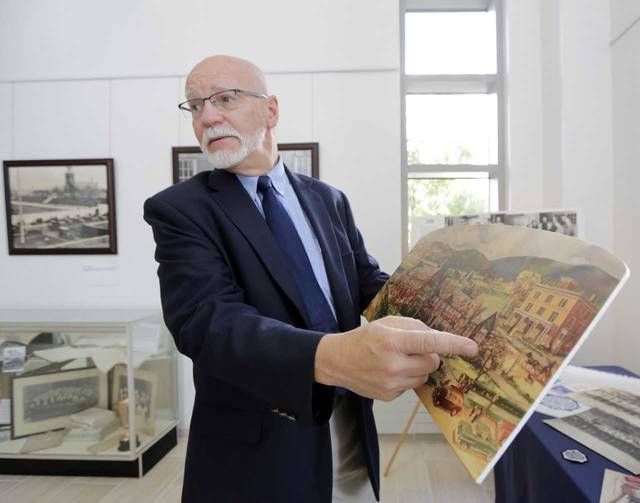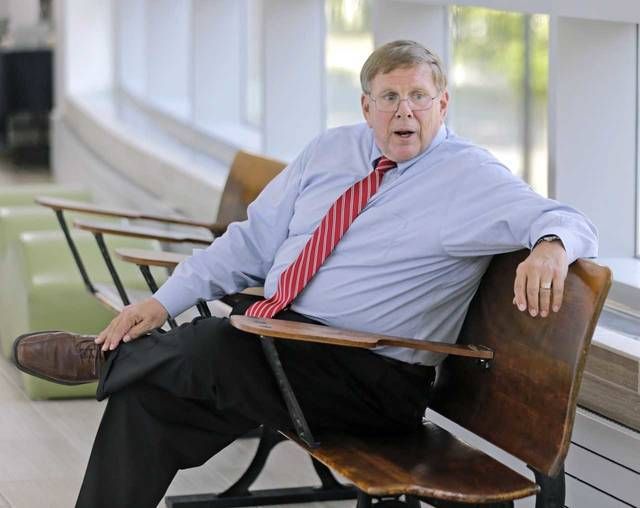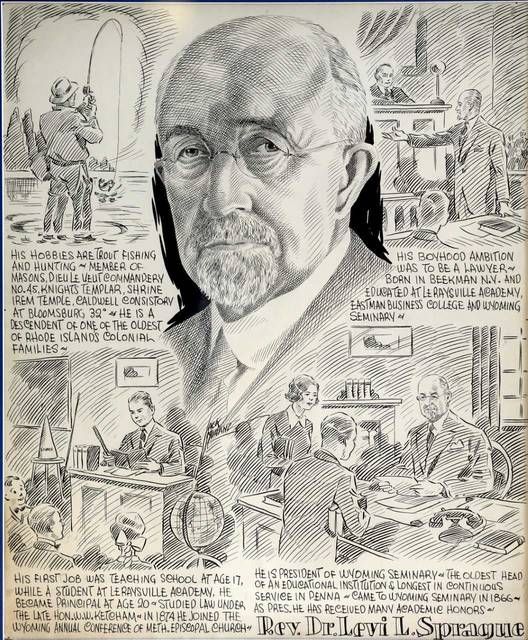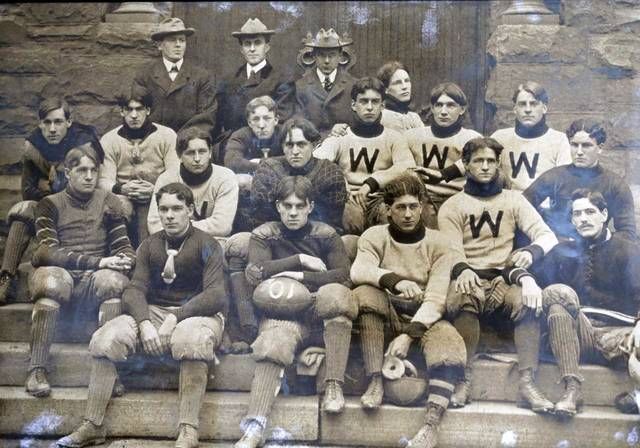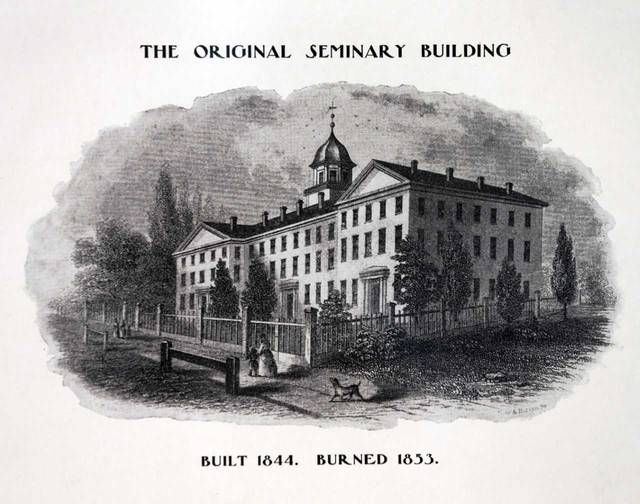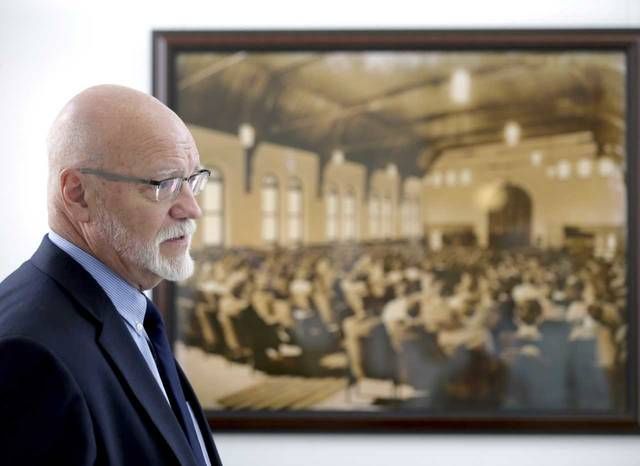Click here to subscribe today or Login.
When 17 boys and 14 girls gathered for the first day of school at Wyoming Seminary, it was a time of horses and wagons, pot-bellied stoves, and stern rules against “scuffling” in the halls.
Early textbooks offered lessons in Latin and mathematics and English grammar, including when thou shouldst say “thy” versus “thine.”
The Civil War was 17 years in the future and John Tyler was president of the United States.
It was Sept. 25, 1844.
As the present-day Wyoming Seminary community prepares to celebrate its 175th anniversary with a Homecoming Weekend, a gala dinner dance and a public concert, admissions director John Eidam said some things haven’t changed. The college preparatory school still wants to produce graduates who are prepared and determined to make the world a better place.
But it’s fascinating to look back at Wyoming Seminary’s history and gain insight into the lives of long-ago students, especially those who boarded.
Consider Royal Taft, who described in his 1864 journal how students kept warm in the winter, being “obliged to bring in coal and take out ashes. If we wanted hot water we had to heat it up on the stoves.”
Early students recalled getting up at 5 a.m. for an hour and a half of studying before breakfast. They also studied at night from 7 to 9:30, and had to be in bed by the 10 p.m. bell.
One young man casually wrote about the walks he took, some 20 miles from Kingston to visit his family in the vicinity of Tunkhannock, and on other occasions, about 16 miles round-trip to visit the young woman he was courting in the West Pittston area.
If you have a chance to visit Sem’s Kirby Center for Creative Arts on Sprague Avenue, perhaps for a free, 2 p.m. Sept. 22 concert scheduled to feature such alumni as opera artists Sara Casey and Jeff Martin and rapper Count Bass D, you’ll see treasured artifacts are on display, ranging from the desk of Sem’s long-time president Levi Sprague, who served 54 years in that position, to a vintage uniform worn by Betsy Condron when she was a Wyoming Seminary Lower School student.
The Lower School, which educates students up to eighth grade, has its roots in the Wilkes-Barre Academy, which was founded for boys in 1807, and in the Wilkes-Barre Institute, founded a few decades later for girls. They eventually merged to form the Wilkes-Barre Day School, which became part of Wyoming Seminary in 1951.
“I’m especially looking forward to seeing the former students and teachers who have memories of what was called the ‘tri-school’,” Lower School history teacher Clark Switzer said, anticipating the homecoming reunion.
Also looking forward to the anniversary is vice president of advancement John Shafer, who grew up with the campus surrounding his family home and has worked for the school more than 40 years.
“It doesn’t feel like work,” he said, explaining he gets to spend a lot of time talking to grateful grads who make his job easy. “About 65 to 70 percent of the money that comes in each year is from alumni,” he said.
“Every school says it’s like a family, but we have something that’s hard to describe,” he said. “We call it the Sem Way.”
Many deserving students receive financial aid to Wyoming Seminary, Shafer said, and they have opportunities to learn with classmates from around the world and prepare for a world that is becoming ever more global.
“It’s just as common for them to talk about going to work in Seoul or Hong Kong as it is to talk about going to work in New York,” he said.
Kevin P. Rea, who became Sem’s 12th president in 2015, summed up his experience this way: “What makes me smile is knowing that every day I can make a genuine difference in the world as a result of being at Sem, a school which welcomes students locally, nationally and globally and which transforms the lives of those students, producing inspired graduates with the courage and creativity to make the world an even more true, beautiful and good place to be in the long run.”
